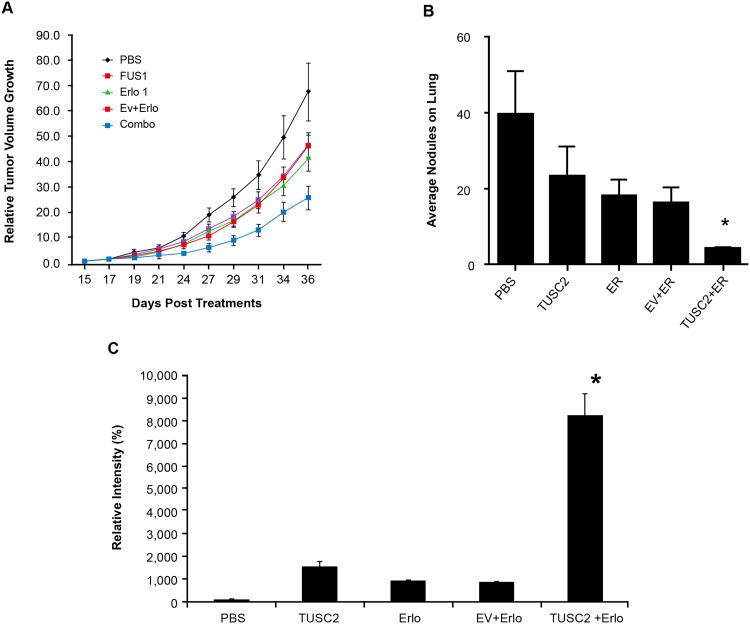Fig 3. DC-TUSC2 nanovesicles and erlotinib combination treatment inhibits tumor growth and metastases in H322 subcutaneous (A), and A549 metastatic (B) xenograft mouse models.
A) The change of tumor size over time (tumor growth rate or the slope of the linear regression model) differed by treatment (P<0.02 for the interaction between treatment and time). With adjustment for multiple comparisons, the tumor growth rate of the DC-TUSC2 and erlotinib combination group was the only group significantly smaller than the PBS group (P<0.01). The probability of a co-operative effect between DC-TUSC2 and erlotinib was > 0.99; B) Total tumor nodule counts on the lung surface are shown. Wilcoxon rank-sum and Kruskal-Wallis tests were used. The overall difference of the tumor nodule count among the five groups was significant (P<0.0001). The difference between the DC-TUSC2 and erlotinib combination group compared to each of the other groups was significant P<0.01. The probability of a cooperative effect of the DC-TUSC2 and erlotinib combination was >0.99. (C) Resected tumor tissues were assayed by TUNEL. Values represent percentages from at least 1000 counted cells. Fisher's exact test was used. *P< 0.05.

